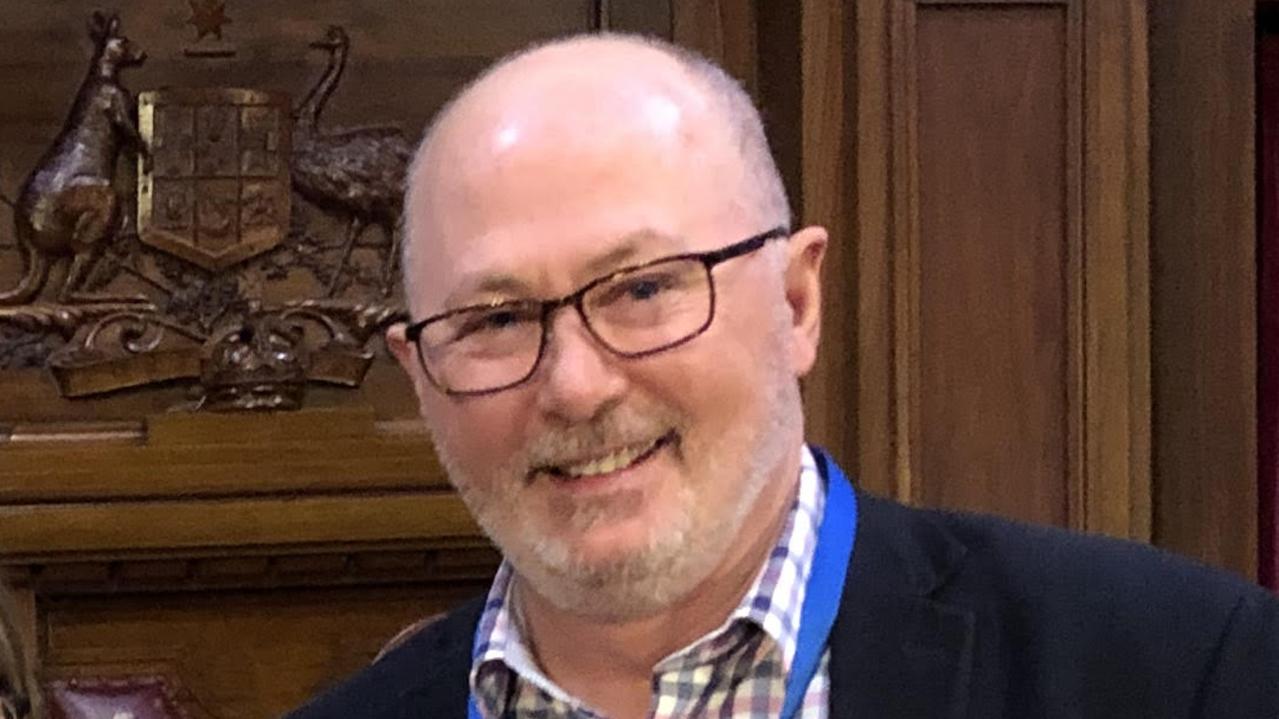QE drives uncertainty but Clive’s in the tent
THE world changed this week in two very significant ways. Neither was very well appreciated.
THE world changed this week in two very significant ways. Neither was very well appreciated.
The first was the long awaited — and should have been fully anticipated — termination of quantitative easing in the US. The second was the sudden and unexpected deal with Clive Palmer to get the government’s Direct Action policy on emissions reduction into law.
The first sets the parameters for all global financial activity through 2015. The second, the parameters for both political and policy activity in Australia all the way through not just next year but to the election at the end of 2016.
From that first step in the dying days of (Ben) Bernanke’s Fed to trim QE late last year, it should have been blindingly obvious how the — first stage — of the unwinding of the greatest attempt at “trickle down” stimulus ever attempted would proceed.
That at every successive six-weekly Fed meeting, the program would be trimmed by $10 billion a time. As it started at $85 billion, the only real question should have been whether the final trim would be $15bn or $5bn. It got answered midweek: $15bn.
This should have been obvious for two reasons. The first was the close working relationship between Bernanke and his nominated successor Janet Yellen. The second was that the Fed (as an operating institution) rather than the lady was not for turning.
In very simple terms Bernanke was not going to institute an extended policy exercise just as he was about to leave the Fed without not simply the clear endorsement of his successor but her intimate involvement in its development.
Secondly, it would then be executed, in a precise, measured, regular way — that $10bn a time. It would have taken a truly extraordinary event to alter the Fed’s all-but locked-in course.
That’s the way the Fed works. It did exactly that in the early 2000s as it moved away from its then extraordinary 1 per cent official rate. At one meeting once it moved up by 25 points; as sure as night follows day, it would then keep going up by that same 25 points every meeting thereafter.
As it did; look at a chart of the Fed’s rate through that period, it’s a perfectly symmetrical stairway that any tradie would be proud to own.
Indeed, that’s exactly how ALL central banks, including our own Reserve Bank, think and work. It’s a combination of a bureaucratic mindset and a sensitivity to market obsessions. More narrowly, it’s precisely why our RBA is not going to move from 2.5 per cent before it’s “sure” that it is embarked on a sustained course. So the intervention of one of the — non-voting — Fed Bank presidents James Bullard a couple of weeks back suggesting the Fed might delay the end of its QE program, which gave investors a brief thrill, served only to emphasise there are dullards in every institution.
The first question now becomes when does the Fed start to replay the early 2000s; when does it start to move away from its zero rate? Precisely because of that history, that’s the more important question than “how high” does the rate go?
It’s the starting point that’s critical. This is further so, because it also goes to the even more important question which is yet to surface in any meaningful discussion: when and how does the Fed initiate the critical second stage of its QE unwinding? That’s actually “unprinting”, so to speak, the $4 trillion sitting in bank balance sheets.
What’s passed broadly unnoticed is that while yes, after this month the Fed will stop buying long-dated treasury and commercial paper, it will keep rolling over any that matures. It’s not adding to QE, but it is maintaining the QE already out there.
In short, the massive existing stimulus — zero rates and $4 trillion of cash splashing around in bank balance sheets — will continue. But global investors will have to start anticipating when and how it will start to be removed.
After the Fed meeting and confirmation that QE will end, investors reacted as if they’d been given certainty. They could not have been more wrong; they had certainty; now the really potent uncertainty begins.
Arguably, close to the exact opposite was the outcome of the Direct Action deal: goodbye uncertainty, hello, sure, Clive-style, certainty. Tony Abbott might finally have got his “working Senate majority”.
If it proves true and is sustained, this will transform the dynamics of both policy and politics over the next two years. Clive will be “inside the tent”, and Bill Shorten by choice outside it.
The focus of comment on the Direct Action deal was understandably if foolishly on the supposed climate consequences — the Canberra Press Gallery really should collectively learn not to take its cue from the Greens.
The really important message was that Abbott is finally gaining the benefit of the Senate election result which ended — if he’s sensible, potentially for at least six years — the Labor-Green majority.
Clive was never going to be easy, for all sorts of reasons; and he hasn’t written Abbott a blank cheque — demonstrated, perhaps, by his continuing opposition to the petrol excise.
But he can be persuaded to do the deals which Labor refuses to countenance through political stupidity and the Greens through blinkered and often self-contradictory ideology.
The world really did change this week. It will make for a very “interesting” 2015.



